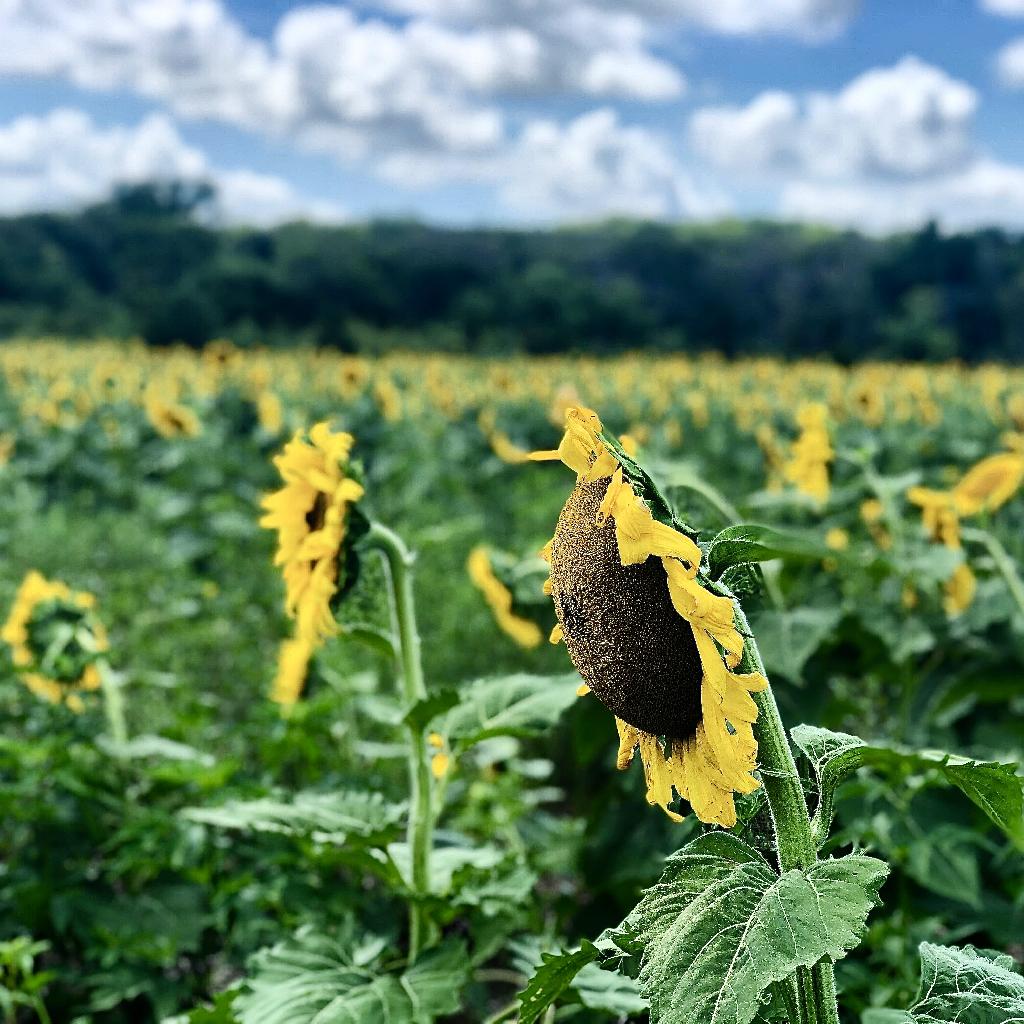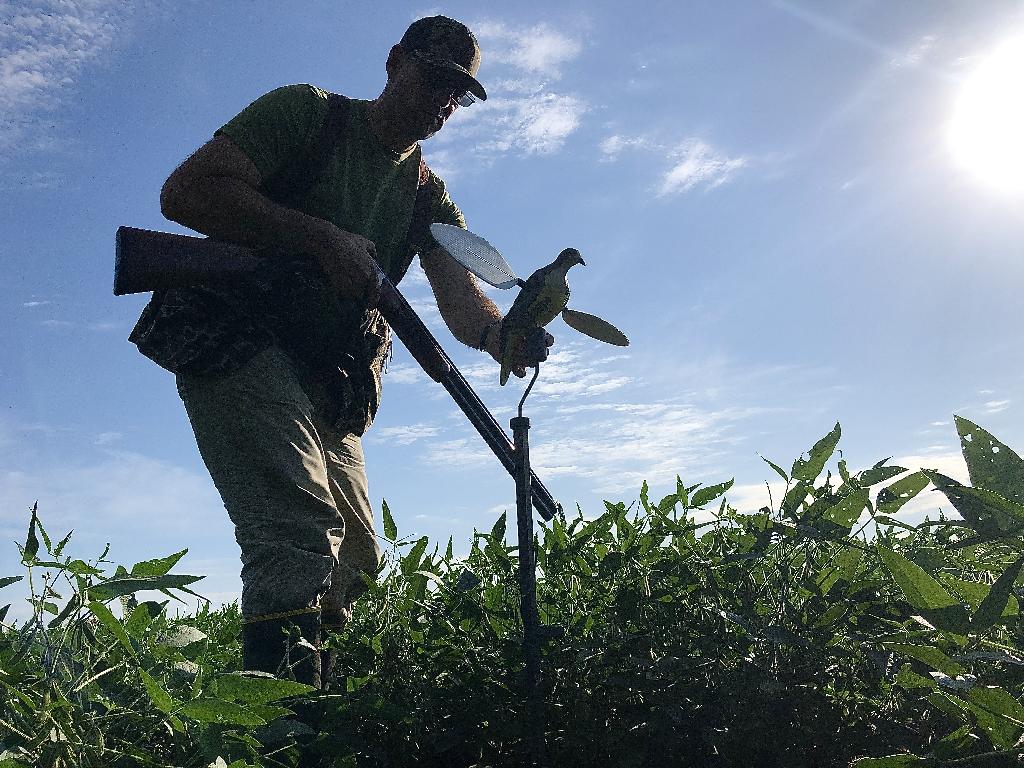You’ve got dove problems
Part 1
Want to avoid from making some very common dove hunting mistakes? One should, as it will only help you gain the opportunity to place those fast-flying gray birds at your feet in a cooler, while taking aim at an incoming gray rocket. Afterwards, dove poppers on the grill wrapped in bacon, cold drinks, and stories of missed birds and amazing high-flying shots are the norm for dove hunters.

Not Scouting.
This is by far the most common mistake made by dove hunters. Hunters need to get out and look beforehand to find where the doves are feeding, where they are roosting, and the flyways and patterns they are utilizing into a field or area. Other crucial information that may affect where and how you hunt is where doves are watering. This is very important during dry years.
Land use practices on both public and private lands can change. Scouting prior to the opener can tell you if a crop rotation has been implanted as well as the locations of certain types of feed fields (sunflowers, sorghum, milo, corn, wheat), and their relation to ponds and access to gravel (grit).

Hunters need to be where the doves are currently. A hunting spot that was very active and productive last year may be home to crickets chirping this season. Remember, doves are little game birds that respond very quickly to hunting pressure, food and water changes, and the ever-changing weather. Storms and cold fronts can push birds out quicker than you can blink an eye. A positive note on weather is that cold fronts can also push northern doves south. This can work in one of two ways; first, doves from the south have probably been shot at and will avoid or be very skittish and flare at the slightest inkling of trouble or second, although these doves have been pressured, they are new to the area and not yet accustomed to hunting stress in areas they have arrived at. They may revert to acting like doves who have not yet been hunted.
Don’t forget to continue to scout throughout the season. Not all doves will push to the southern states and border as hunting pressure builds and weather drives them further away. Some doves will linger all the way through fall and even winter. For those that pursue doves in the late season, scouting is still vital and effective.
Ears & Eyes.
A lot of hunters fail to protect themselves by not wearing adequate ear protection. The mere notion of repeatedly shooting a shotgun at fast flying doves without any kind of protection is asking for hearing problems in the future. Hunters should value their auditory capabilities while they can. Hearing can suffer season after season, until one day you find yourself in the field and cannot hear the whistle of ol’ bob, the whir of feathers from a covey exploding into the air, or the cackle (laughter) of a flushing rooster. Go to your local outdoor shop and look at the variety of ear protection they offer.
The same principle goes for wearing shooting safety glasses too – you only get one set of eyeballs, so protect them from an errant shot pellet at all costs. Dove hunting is a social event, which may cause several hunters who may or may not know each other to be set up across from one another in a field. Inevitably, someone will be peppered and sprayed with BB’s. Because hunters may be shooting in various directions, it’s paramount that when shooting, that blue sky is observed before pulling the trigger, be aware what is beyond your feathered target, and know the location of other others.

Not Using Decoys.
It’s an unsubstantiated fact that countless doves fell to hunters without the use of decoys for many decades. But there is little doubt that in most areas, where legal, the use of one or two battery operated spinning wing dove decoys and then throw in a handful of statuesque gray dekes can push the odds in favor of the hunter.
While a dove decoy may not actually persuade a flying dove to land on the “X,” the use of still-life decoys feeding on the ground can often help in gaining the attention of passing birds. Throw in one or two wing spinning dekes, and you got the potential of luring those gray speedsters into scattergun range. Decoys get you noticed. Noticed gets you shots.
Related Aritlces
DOVES: From the Field, to Cleaning, to Eating
It’s that time of the year when we find ourselves gathered with family, friends, and strangers positioned around a cut grain or sunflower field waiting for those September gray birds to come screaming in. Dogs will sit idly by, panting as they await anxiously for doves to be interrupted in midflight with shot. As the first flight comes in, a barrage of gunfire will thunderously erupt, signaling that hunting season has arrived. Dove hunters will instantly feel the excitement by the heat of expended shotshells, yells from strangers saying “Comin’ at ya!”, and the sweat running down backs and necks as sun rays pour from the blue sky as summer still holds on tightly.
Leggings for Wingshooters
“We’ll have to cross here!” yelled Jay as he pointed to the mountain stream. Rushing water blared over our gaiter-wrapped boots as we maneuvered across. My feet stayed dried as I waded through the foot deep waterway. Gaiters had served us well in the Alaskan backcountry throughout the trip. They were worn constantly. From hunting the boggy muskegs for spruce grouse, to chasing ptarmigan in the subalpine willow patches, waterproof gaiters were a real necessity in such an extreme environment. They had been probably one of the most important pieces of articles suggested by my host to bring and wear. Gaiters should definitely be in every wingshooter’s gear cache no matter the type of gamebird being hunted.






















